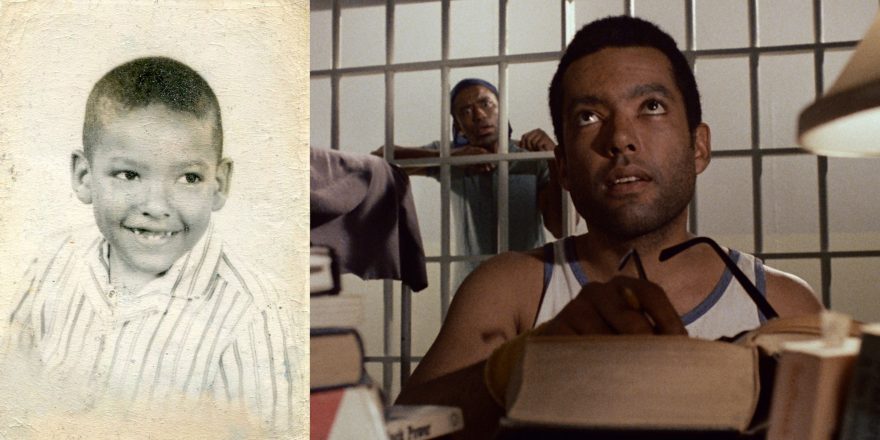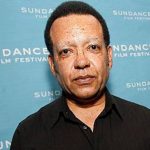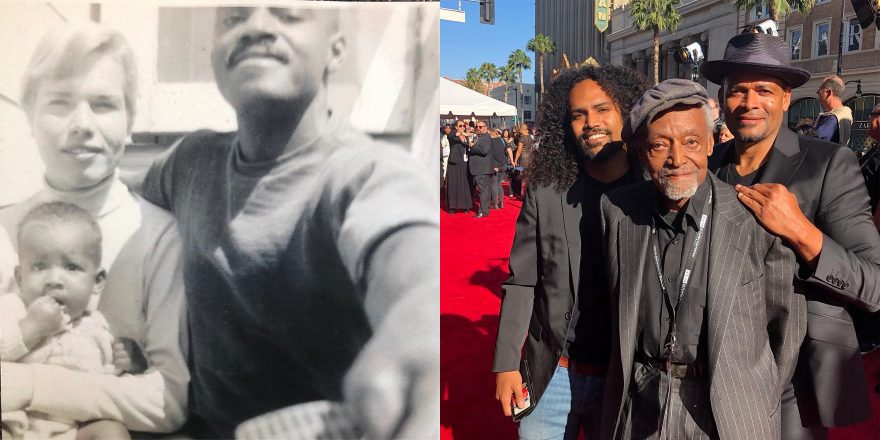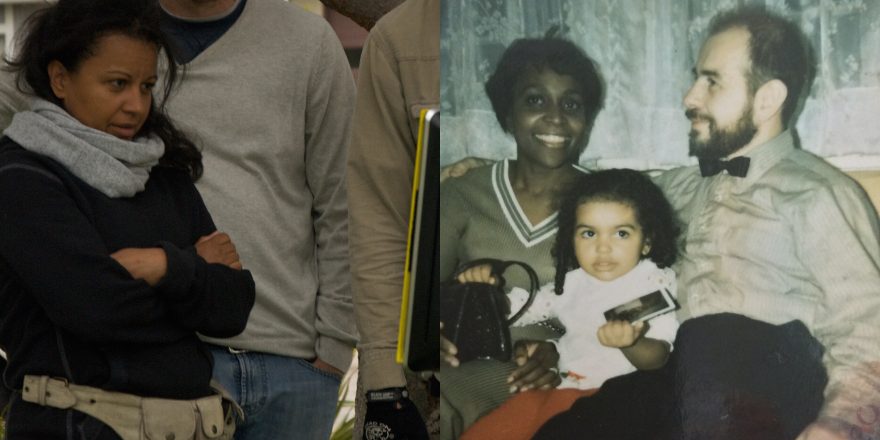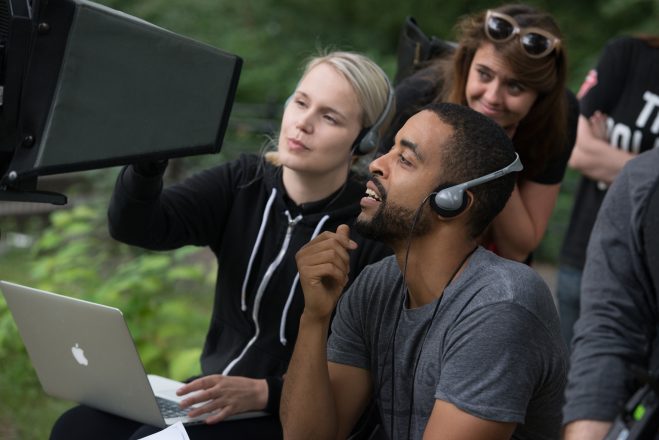In 1962, my younger brother Charles and I were the only Blacks enrolled at Pierce Elementary School in Flint, Michigan. I was eight years old and in second grade. One day, my teacher, Mrs. Hale, passed out Crayola crayons and asked us to place our left hand on a sheet of paper and then draw a line around it. Then she told us to color our hand in with a crayon. I did exactly that. The next day, my mother was contacted by the principal’s office and informed there was a problem with Wendell. Could she please come to the school and meet with Principal Edgar and Mrs. Hale?
Mom agreed and met with them both. The “problem” they wanted to discuss with Mom was my drawing. Instead of coloring my hand with a Caucasian-colored “flesh” crayon, I had used a brown one. The principal and Mrs. Hale were alarmed by this, and wanted my mother to explain why I hadn’t chosen the Caucasian-colored crayon. They subtly implied that my parents had – perhaps unknowingly, but certainly to my detriment – been teaching little Wendell racial values that were in direct opposition to the “colored conditioning” promoted throughout American culture.
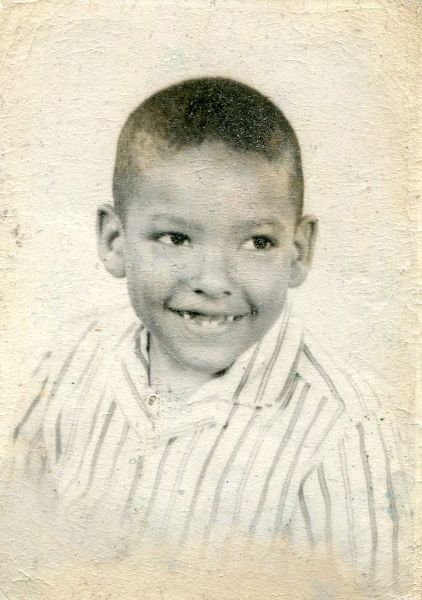
In my film Chameleon Street, Curtis (played by Tony Ennis) has a line which directly addresses the racial programming which Blacks have had to warily (if not wearily) weather for 400 years in this country. He says, “I’ve been conditioned, my brother. Even my conditioning has been conditioned … !”
This conditioning … this “Whitenizing”… has ravished the lives of every Black either brought or born here.
In his autobiography, Sidney Poitier described the racial atmosphere in America as “unspeakable.” It certainly is, and yet thousands of Americans have spoken about this “unspeakable” milieu. Analyzing and explaining the animus behind racism has been an American cottage industry for several centuries.
And yet no explanation of any one episode or incident (like my choice of crayon), no anecdote or article (like the one you’re reading right now), no memoir or movie (like Chameleon Street), can adequately explain, expose, extrapolate or expiate the horrific expense of American racism.
The price of being Black in the United States has always been exorbitant. And that price is pretty much unspeakable. But as James Baldwin eloquently observed, Whites have also paid a terrible price, while simultaneously occupying their privileged position in a culture which rendered them pretty much unreachable.
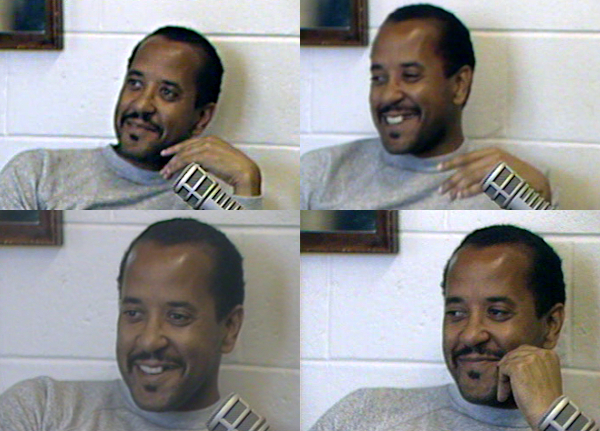
This is the landscape that Chameleon Street explores: a landscape peopled by the Unspeakable vs. the Unreachable. In the spring of 1985, I read an article in the Detroit News about a Detroit native named William Douglas Street, Jr. I knew immediately his life story was pure gold for me, both as an actor and a filmmaker. Here was a Black male who insisted on tweaking the unspeakable; who insisted on flying over and across all of America’s racial barriers without any gas. Or without any plane, for that matter.
If you Google the guy, you’ll quickly read him described as a “con man,” and it must be acknowledged that both Blacks and Whites who actually encountered the real Doug Street would all quickly agree with this assessment. Even Doug’s family members have been exasperated to the point of exhaustion by his choices, such as climbing the socioeconomic ladder by impersonating journalists, Ivy League students, lawyers and surgeons. I was once berated on Facebook by a woman whom Doug had operated on. She was incensed that we’d actually bothered to make a feature film about the “con man” who had surgically removed her uterus without ever having bothered to finish high school. The fact that he had done so successfully did not quell her anger. After 30 years, she was still livid.
While Chameleon Street covers his real-life exploits from 1970 through 1985, Doug’s impersonations (and subsequent incarcerations) have continued well into the 21st century. He was jailed yet again in 2015 for impersonating a general from West Point.
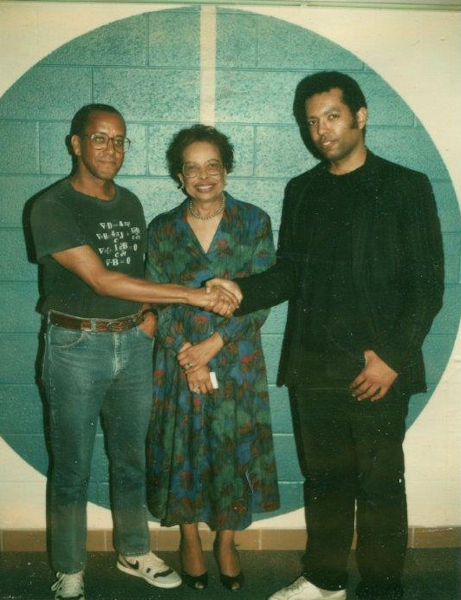
At innumerable Q&A sessions for Chameleon Street, I’ve attended over the years, White audiences – never Black – always ask me to explain Doug’s motivation. They want to know why this man has spent half a century impersonating one person after another. He certainly wasn’t driven by money. His actions have never earned anything beyond measly chump change. So, what was it?
It’s fury. He’s a charming guy when you meet him face to face. And his sense of humor will have you smiling and/or laughing in minutes. But William Douglas Street, Jr. has always harbored a seething contempt for America’s “color line.” The roles black people have been permitted to play in our democracy make him mad, and he’s addicted to the thrill he gets when his impersonations succeed. Whether posing as a surgeon, an attorney or a baseball player, his success at doing so proves how hollow our racially color-coded system really is.
Doug is quite convinced that the U.S. is a hypocritical house of cards, where color has been used as an excuse to con Black people out of their destiny, and White people out of their humanity. He sees the United States as nothing more than a “color-conned country.” In 1985, during our first interview, he said, “Black people have been conned in this country for centuries. Then the wheat folks get mad and put me in prison for conning the con!” (“Wheat folks” is slang for “White folks.”) He laughed … even though at that moment he was sitting in Michigan’s Kinross Correctional Facility.
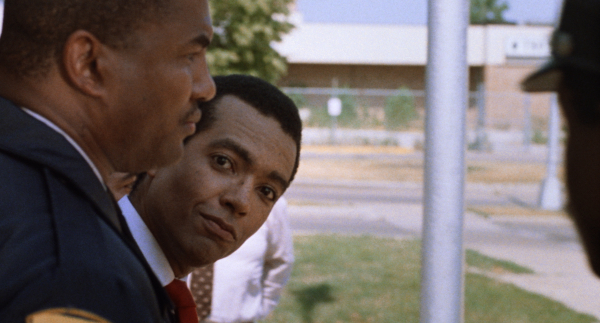
I met my second-grade teacher Mrs. Hale many, many years later at the farmer’s market in Flint. She congratulated me about something or other, and I remember that we were laughing. Can’t quite recall what the joke was. I vividly remember, however, that neither of us mentioned the Crayola crayon episode. There was no need. The fact is, Mrs. Hale ended up being one of my most ardent supporters … the first in a long line of teachers and tutors who played a pivotal role in shaping my cranium and character. But, of course, my parents played the most pivotal teaching role of all. They taught all three of their children which Crayola crayon to use when coloring in their hand.
Featured image shows Wendell B. Harris, Jr. in second grade, and Harris as the title character in Chameleon Street. All images courtesy Wendell B. Harris, Jr.



